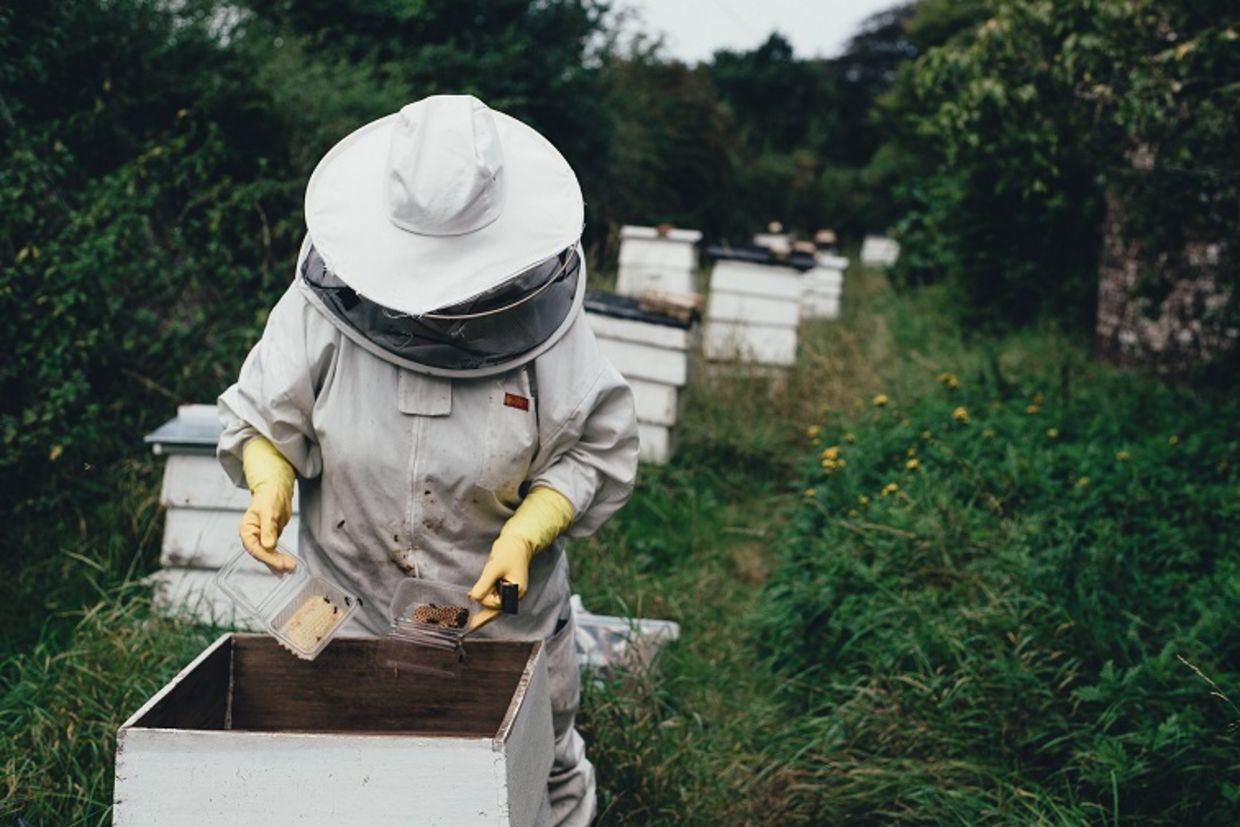
(Photo by Annie Spratt on Unsplash)
Honey bees give us delicious honey and that is by far not everything they do for us humans. With around one third of the food we consume being pollinated by bee colonies, these little buzzers are absolutely vital to agriculture and the food we eat.
In the past few years honey bee populations worldwide took a dive, almost to the point of extinction, due to the aptly named Colony collapse disorder (CCD). CCD occurs when worker bees leave the hive and the queen bee only has a small number of nurse bees to raise the larvae. Bee hives are highly collaborative ecosystems and can't function without the worker bees and their contribution, so when they leave, the hive usually can't recover.
Thankfully, it seems honeybees are making a comeback. According to the U.S. Department of Agriculture, populations are now growing and have increased by three percent since April 2016, reaching a 20 year high.
The USDA also said that we lost 27 percent less colonies during the winter of 2017 than during the previous year. To help the growing bee populations, the Environmental Protection Agency is even looking into banning certain pesticides used in key pollination areas.
While beekeepers and scientists must remain vigilant to protect the bees, the statistics are cause for optimism.
YOU MIGHT ALSO LIKE:
7 Reasons Why You Should Care about Bees
Bringing Back the Bees with One Million Wildflowers
This is the Solution to Save the World’s Bees






